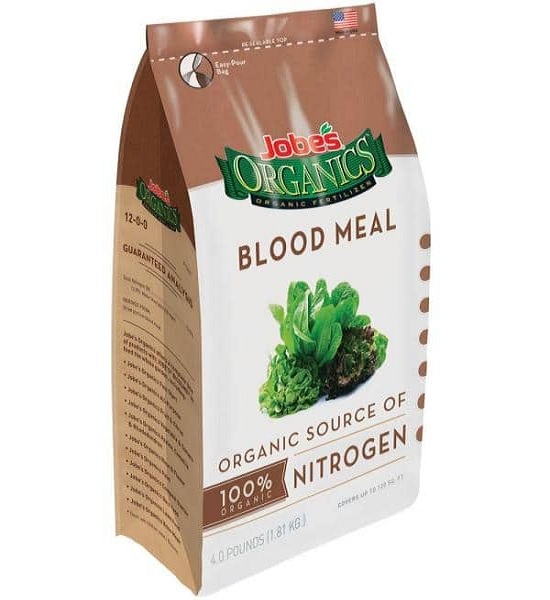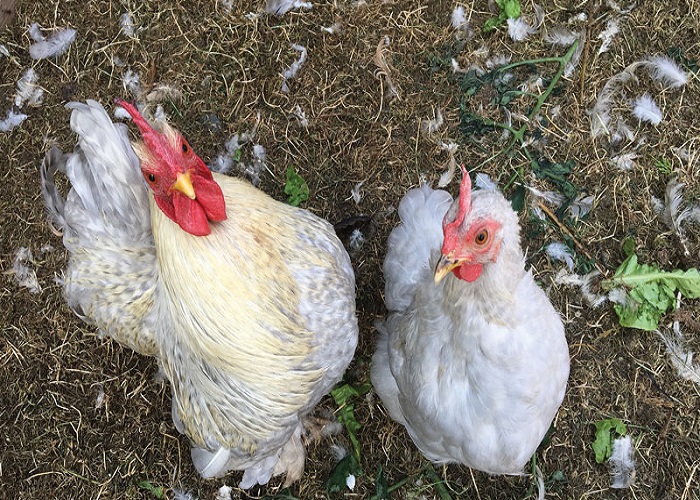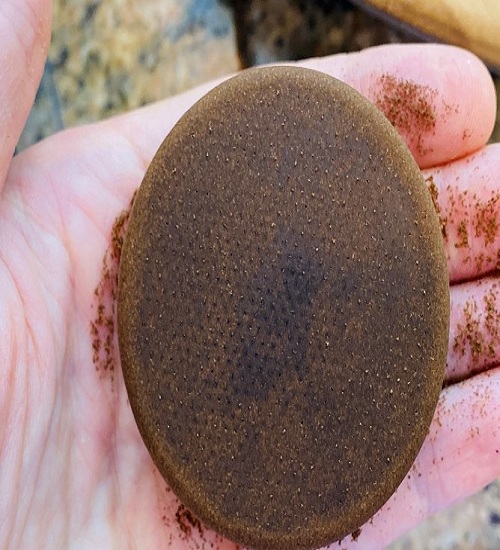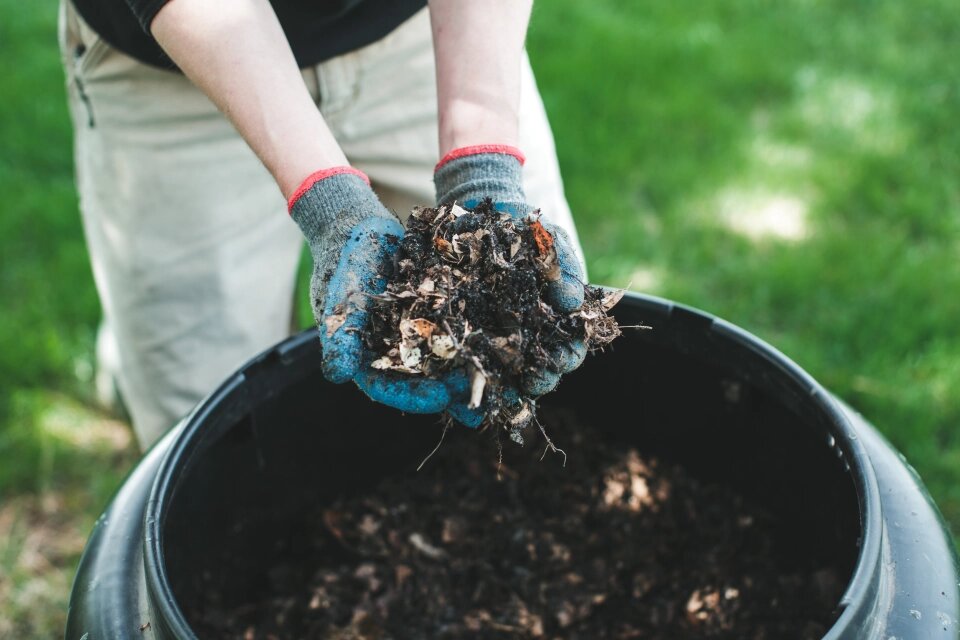In nature, it takes a very, very long time for plant and animal matter to break down into rich, fertile topsoil. However, if your compost heap is curiously slow and inactive, or has been forgotten and neglected for a long time, there are ways to stir it up and kick it into humus-making activity.
You can use these 6 Compost Activators to Fire Up Your Compost Pile:
Grass Clippings
Adding recently cut grass to a compost pile can quickly transform a stagnant heap into a chaotic mess.
The N-P-K ratio of freshly cut grass is 4-1-2. Grass clippings should be added to the compost bin as soon as possible after mowing the lawn since the nitrogen they contain is lost as they dry.
The mound of freshly cut grass quickly decomposes. However, when it decomposes, grass uses up a lot of oxygen, which is good for the bacteria and the temperature. Grass clippings not only clump together and stink up the whole compost pile, but they also produce anaerobic conditions.
Mixing grass clippings with brown materials thoroughly before adding it to the pile is an easy way to prevent this from happening. A ratio of two parts carbon to one part grass clippings is ideal.
After the first 24 hours, turn the grass in the compost. In the coming days, keep turning it frequently to avoid clumping of the grass. The clippings will stay more evenly dispersed in the pile if you aerate it on a regular basis.

Blood Meal
With an N-P-K ratio 12-0-0, blood meal is one of the most concentrated organic sources of nitrogen.
Powdered animal blood is a byproduct of the slaughterhouse. When applied in the garden at the beginning of the growing season, it encourages rapid growth of both foliage and flowers.
Use it to give your soil a quick boost and your crops a boost in yield. Be careful not to overuse it, as doing so could cause burns to young plants.
When stirred into the soil, blood meal emits a stench that is virtually imperceptible to us but is extremely effective at keeping rabbits and other creatures away from your crops.
For a compost pile that’s been too sluggish to work, nothing beats a dose of blood meal. If you have a lot of carbon-rich yard waste but not enough nitrogen-rich greens, blood meal can fill the void.
When treating a pile of leaves or wood, use 2.5 ounces of blood meal for every cubic yard of carbon materials.

Alfalfa
The alfalfa plant (Medicago sativa) is one of the most versatile crops you can cultivate.
Alfalfa is a blooming herbaceous perennial that is both a legume and a member of the pea family.
Growing alfalfa with your other plants increases soil fertility since it acts as a nitrogen fixer.
From June through September, alfalfa is covered in delicate lavender flowers that serve as a magnet for bees and other helpful creatures. Alfalfa is popular among avian species.
On the farm, chickens, ducks, goats, sheep, and many other barnyard animals can benefit greatly from the nutritious leaves of alfalfa.
At the end of the growing season, alfalfa plants can be dug up, cut up, and worked back into the soil as a green manure.
Alfalfa is a great all-purpose fertilizer with an N-P-K ratio of about 3-1-2 and can be used either fresh from the garden or in the form of alfalfa meal. Because these nutrients are released gradually into the soil, alfalfa can be used safely on the youngest seedlings and sprouts.
Alfalfa’s high nitrogen concentration makes it a useful addition for kickstarting a compost pile. Strategic usage of Alfalfa meal between brown and green layers can be utilized to proactively heat a pile. When the pile is moving too slowly, a couple handfuls added at the beginning can jumpstart the process.

Feather Meal
Even though it may come as a surprise, bird feathers contain a surprisingly high concentration of nitrogen.
Feathers are composed mostly of the protein keratin, and they include somewhere between 12% and 15% nitrogen.
Outside of the compost heap, feathers are fibrous, insoluble, and resistant to deterioration; but, once within the heap, they are exposed to keratin-decomposing microbes, which entirely decompose them.
If you maintain chickens or ducks in your backyard, you’ll never run out of feathers to add to your compost pile. The downy feathers of an old down pillow, comforter, or jacket could potentially be stolen.
To get a compost pile hotter with “new” feathers, soak them in water for 24 hours first. Pre-soaking feathers not only slows down their decomposition but also makes them heavier so they don’t get blown away in the wind.
Feather meal can be used in place of actual bird feathers if you can’t get your hands on any. Chicken feathers are steamed in pressure cookers to provide a slow-release fertilizer with a nutrient content of 12-0-0. After being cleaned, the feathers are dried and powdered.
Add around a cup of feather meal to your compost bin to get things going. If the pile still isn’t hot after waiting the required 24 to 48 hours, add another cup.

Spent Coffee Grounds
Recently, among organic gardeners, the question of whether or not to use coffee grounds in the garden has become contentious.
Used coffee grounds, on the one hand, are a rich supply of nitrogen that can surely wake up a dormant compost pile.
As a byproduct of brewing coffee, coffee grounds are rich in nitrogen (approximately 2 percent), making them a valuable green material that, if composted, can be reused rather than sent to a landfill. Even people who don’t consume coffee can get their hands on some used grounds from their neighborhood cafes.
However, there has been conflicting evidence from scientific studies on the benefits of using coffee grounds as a fertilizer, mulch, or compost ingredient in your garden.
In one trial, composted coffee grounds increased the growth and yield of beets, cabbages, and soybeans, whereas in another, it stunted the growth of alfalfa, clover, and Chinese mustard.
Dr. Linda Chalker-Scott, a Master Gardener at Washington State University, suggests a range of 10-20% coffee grinds in the compost bin. Above 30%, the coffee grounds could be harmful to the bacteria and earthworms in the pile.
An informal field experiment conducted by the Oregon State University Extension Service discovered that compost with 25% coffee grounds was the most successful at maintaining consistently high temperatures. Used coffee grounds were significantly better than manure at maintaining compost temperatures between 135 and 155 degrees Fahrenheit (57 and 68 degrees Celsius) for at least two weeks.

Urine
Each of us carries an excellent source of nitrogen that is mostly untapped. And it’s infinitely reusable, accessible, and cost-free.
Human urine is an excellent compost stimulant and natural fertilizer. All mammalian urine is a vital component of the nitrogen cycle on Earth.
Although over 90% of human urine is water, the remaining 10% consists of organic particles, principally urea. To put it simply, urea is a popular fertilizer.
Our urine has an N-P-K ratio of 11-1-2.5 on average. This means that it includes high concentrations of nitrogen. This liquid gold is the easiest way to kick-start a dormant compost pile.
There is no risk to your health by peeing on your compost as long as you are not using any medications.
The morning is when urea concentrations are maximum, thus that’s when you should let it rain on your pile.

